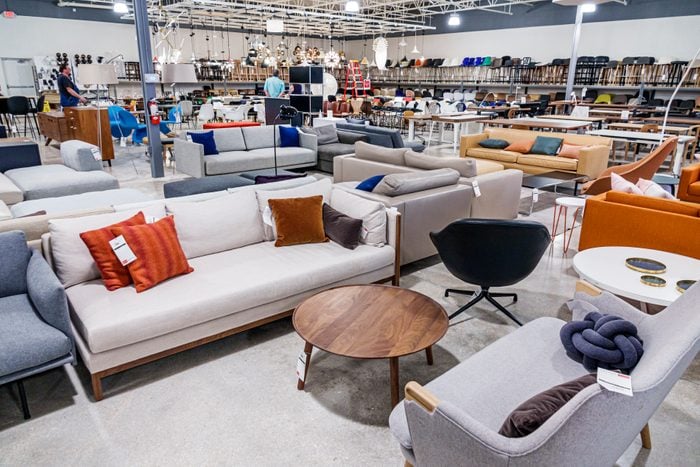
Furniture has been an integral part of human existence for centuries, evolving from basic functional items to intricate pieces that reflect cultural, social, and design trends. The history of furniture is a fascinating journey that spans various civilizations and epochs, showcasing not only the evolution of craftsmanship but also the changing preferences and lifestyles of societies. 電腦枱 In this article, we will explore the rich tapestry of furniture, tracing its roots and witnessing its transformation into an art form that continues to shape our living spaces today.
Ancient Beginnings:
The origins of furniture can be traced back to ancient civilizations, where rudimentary forms served practical purposes. In ancient Egypt, furniture was primarily utilitarian, with basic stools and chests designed for functionality rather than aesthetics. The Greeks and Romans elevated furniture to an art form, incorporating intricate carvings and inlays into their designs. The iconic klismos chair from ancient Greece is a testament to the fusion of form and function.
Medieval and Renaissance Eras:
During the medieval period, furniture became more widespread as living standards improved. Wooden tables, benches, and beds adorned homes, often featuring elaborate carvings and designs. With the Renaissance came a renewed interest in classical art and architecture, influencing furniture styles. The era saw the rise of ornate furniture, showcasing craftsmanship and opulence.
Baroque and Rococo:
The Baroque and Rococo periods of the 17th and 18th centuries marked a departure from the simplicity of previous eras. Furniture became grand and extravagant, characterized by intricate detailing, curved lines, and rich materials such as mahogany and gilded bronze. The French Rococo style, in particular, emphasized asymmetry and delicate ornamentation, creating furniture that was not only functional but also a symbol of wealth and status.
Neoclassical Revival:
The late 18th century brought about a shift towards neoclassical influences, inspired by ancient Greek and Roman designs. Furniture during this period featured straight lines, symmetry, and classical motifs. The simplicity and elegance of neoclassical furniture were a reaction to the excesses of the Baroque and Rococo styles, reflecting a desire for balance and refinement.
Industrial Revolution and Mass Production:
The 19th century witnessed the impact of the Industrial Revolution on furniture production. With the advent of steam power and mass production techniques, furniture became more accessible to a broader audience. The Arts and Crafts movement emerged as a response to industrialization, promoting handcrafted and artisanal furniture as a reaction against mass-produced items.
Modernism and Contemporary Design:
The 20th century ushered in a wave of design movements, from Art Deco to Mid-Century Modernism. Designers like Le Corbusier and Charles and Ray Eames embraced innovative materials and minimalist aesthetics. Functionality and simplicity became key principles in furniture design. Today, contemporary furniture reflects a diverse range of styles, materials, and influences, with an emphasis on sustainability and versatility.
Conclusion:
The evolution of furniture is a captivating journey that mirrors the evolution of human civilization. From basic utility to intricate craftsmanship, furniture has played a pivotal role in shaping our living spaces and expressing our cultural values. The constant interplay of tradition and innovation continues to drive the design of furniture, ensuring that it remains a dynamic and integral aspect of our homes and lifestyles.